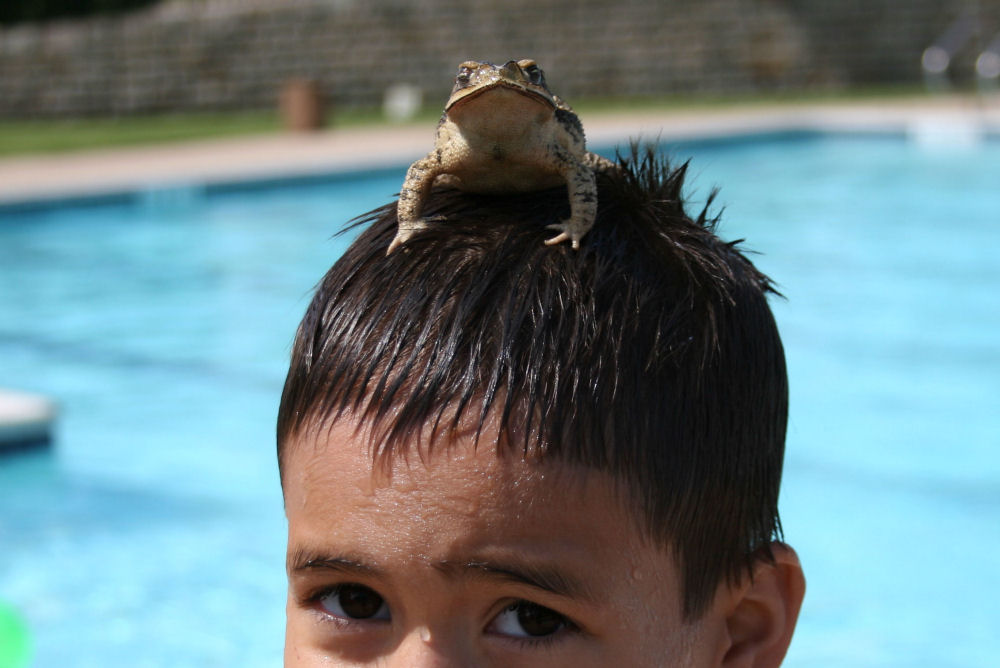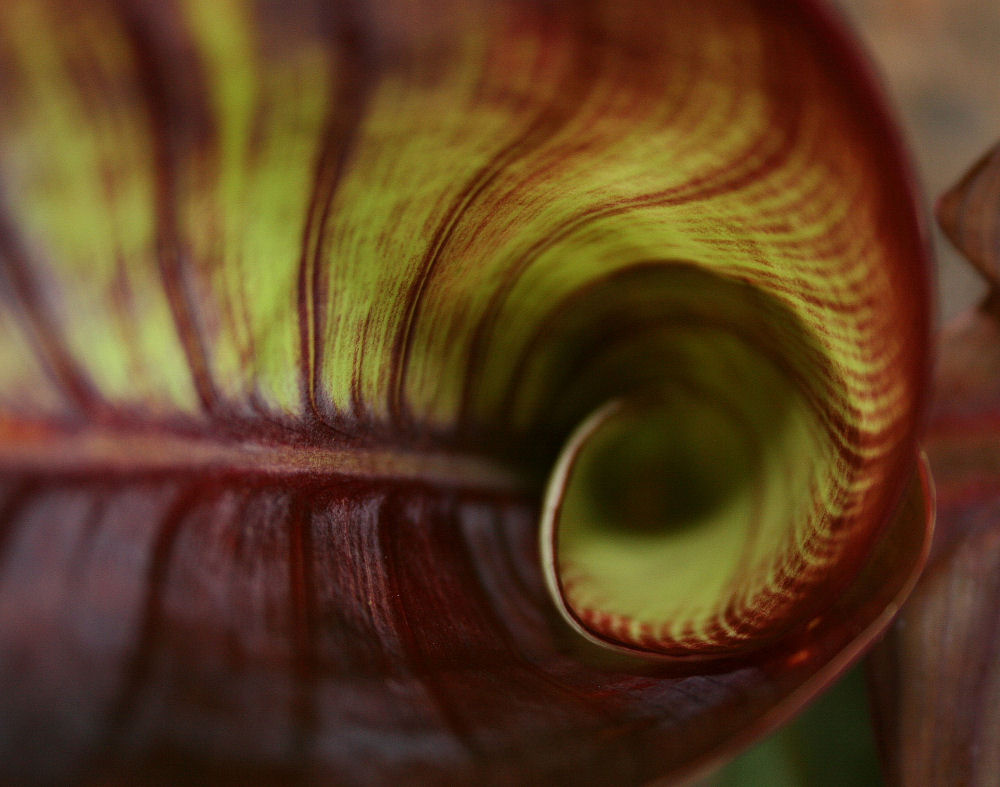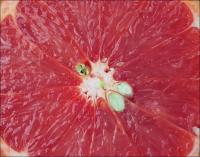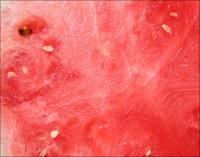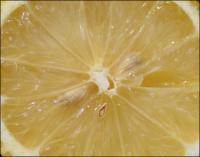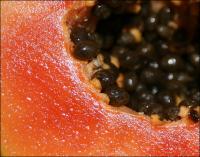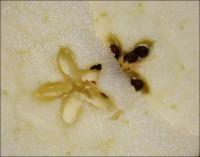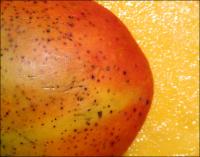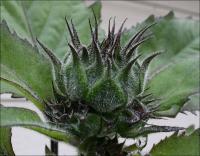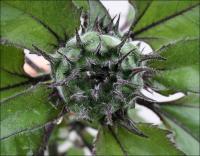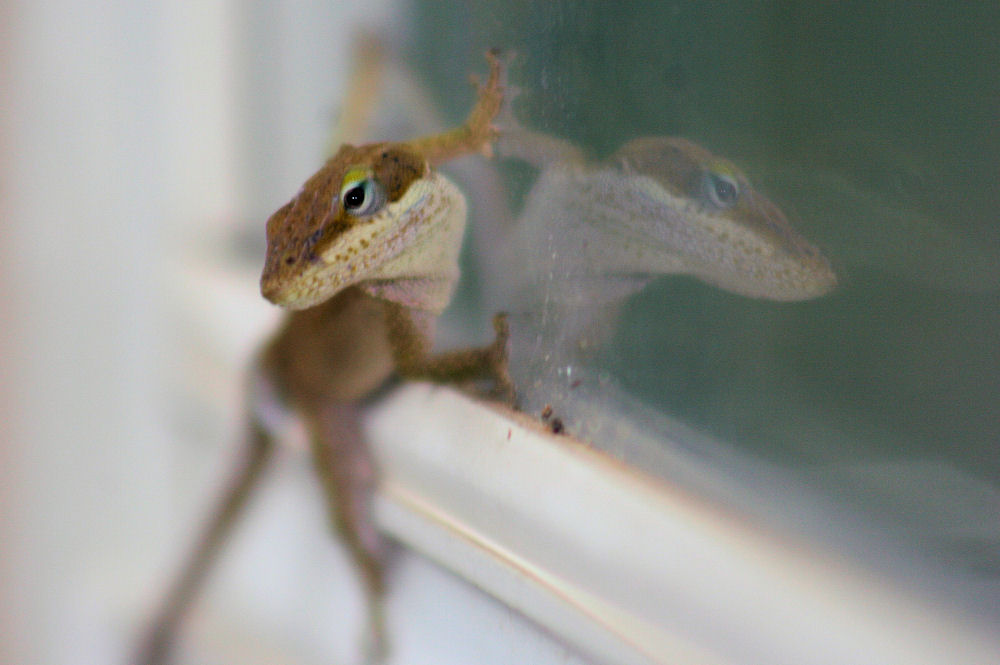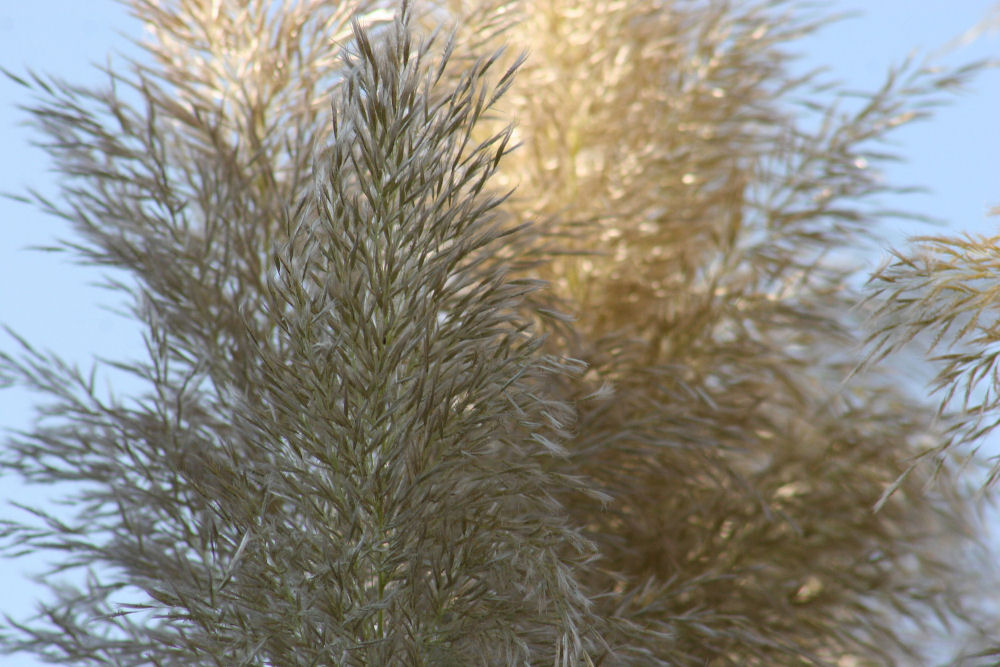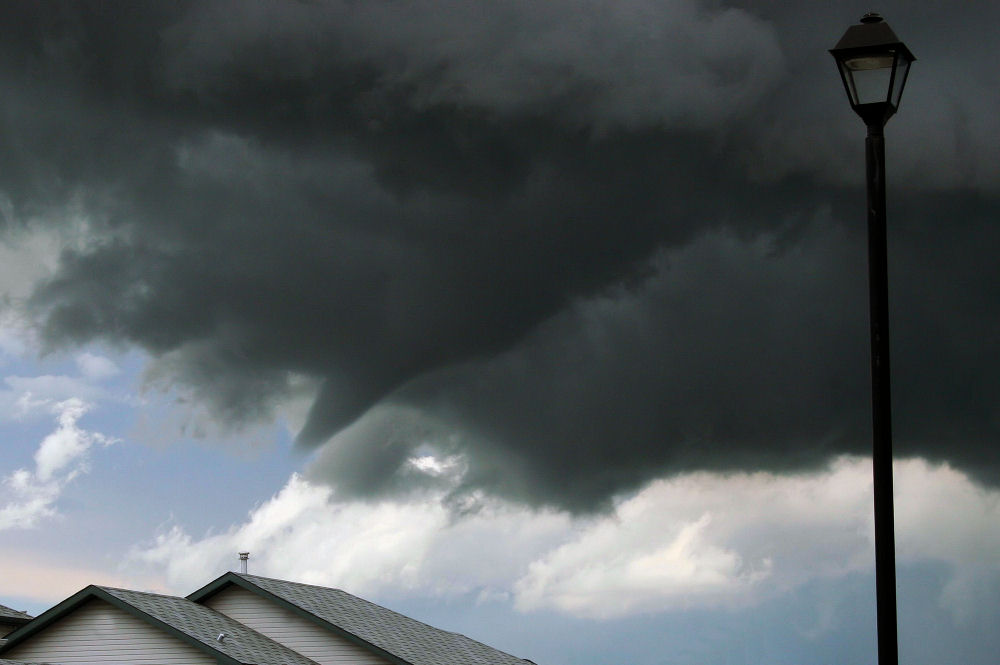 I have yet to see a tornado in Texas since we moved there, yet here is the first one I’ve ever seen, about to touch down in Airdrie, near Calgary Alberta while we’re on holidays. Watching it form is surreal, and though it’s not far away I don’t feel in any danger. It formed a perfect funnel then I watched it pull back again, spawning a skinny long string-like tornado, then dissolve. The associated clouds are ominous and dark in contrast to the sunny neighborhood where I’m standing. I learned later this afternoon that the tornado touched down in a farmer’s feild for a few moments.
I have yet to see a tornado in Texas since we moved there, yet here is the first one I’ve ever seen, about to touch down in Airdrie, near Calgary Alberta while we’re on holidays. Watching it form is surreal, and though it’s not far away I don’t feel in any danger. It formed a perfect funnel then I watched it pull back again, spawning a skinny long string-like tornado, then dissolve. The associated clouds are ominous and dark in contrast to the sunny neighborhood where I’m standing. I learned later this afternoon that the tornado touched down in a farmer’s feild for a few moments.
___________________________________________________________________________
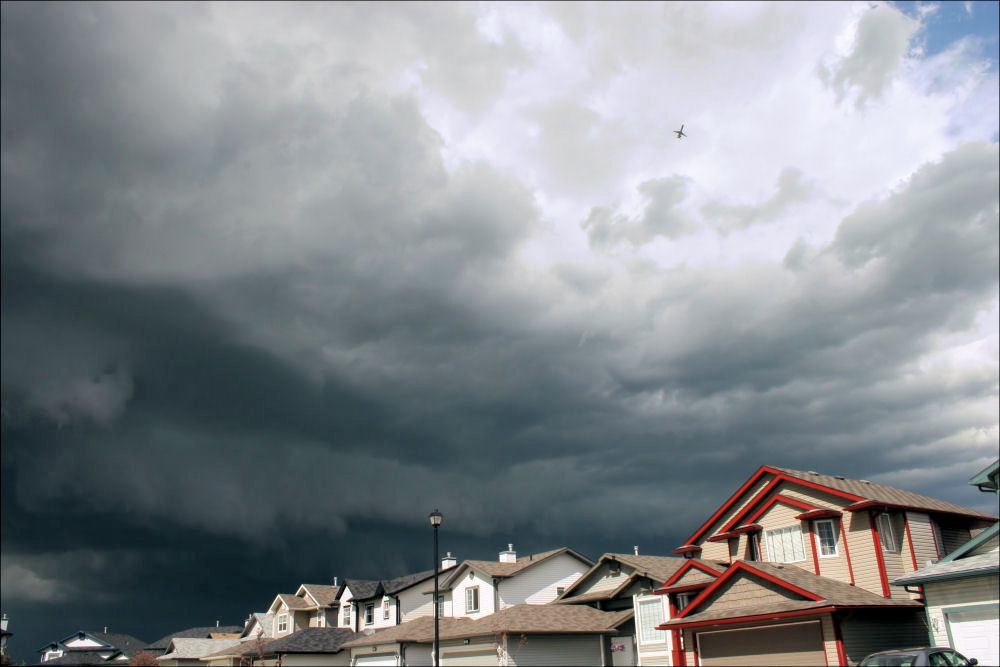
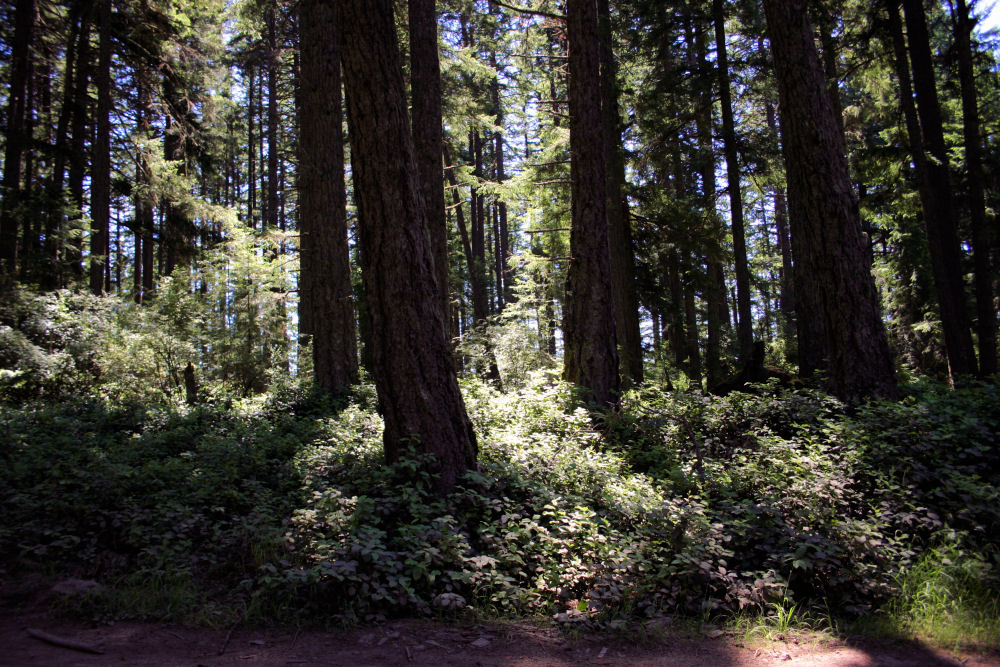
_______________________________________________________________________________
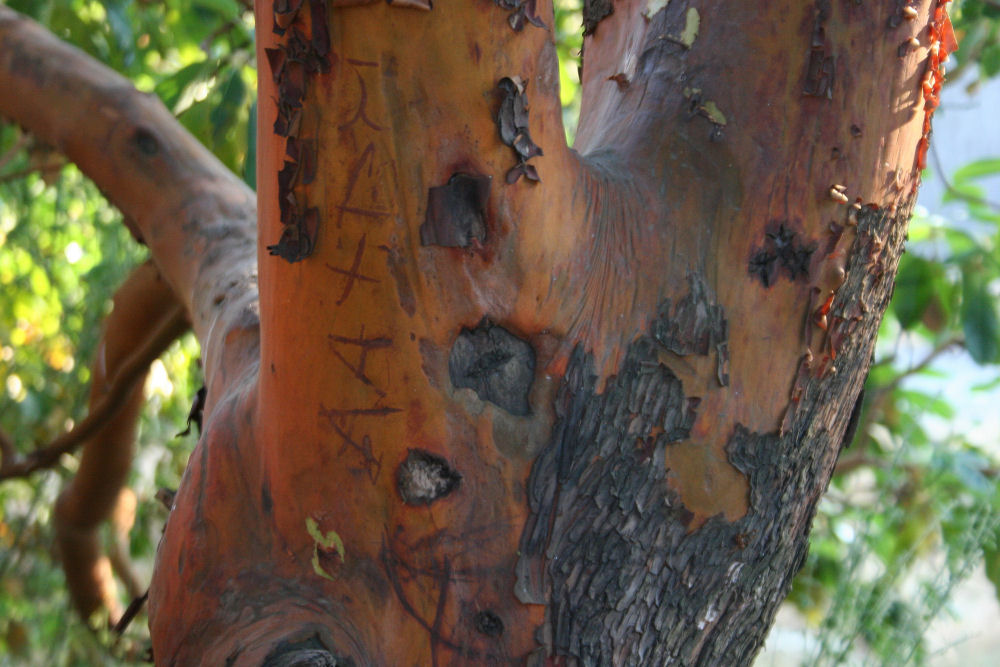
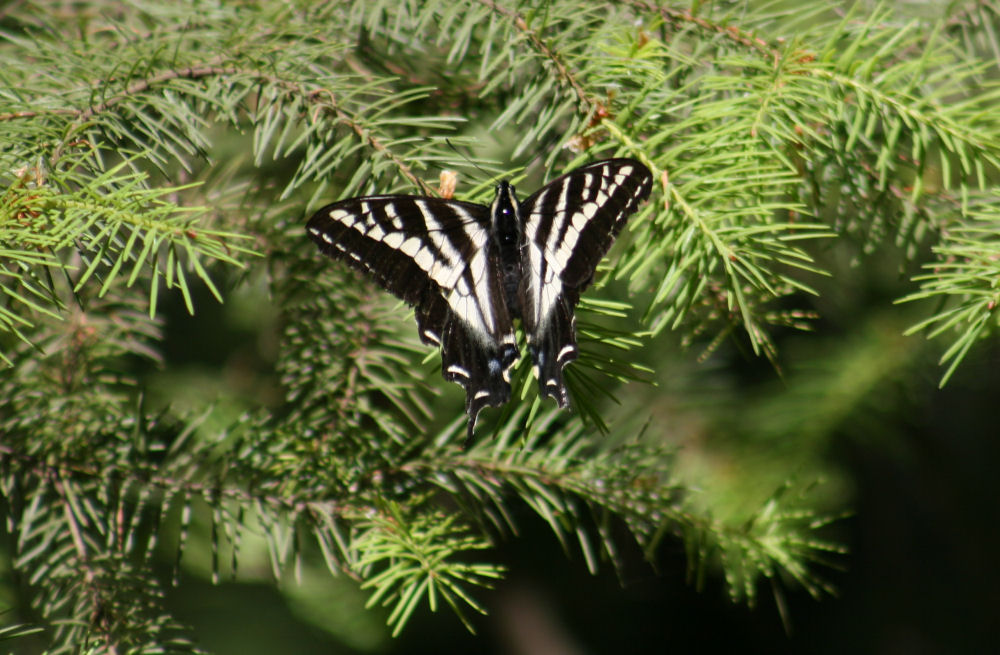
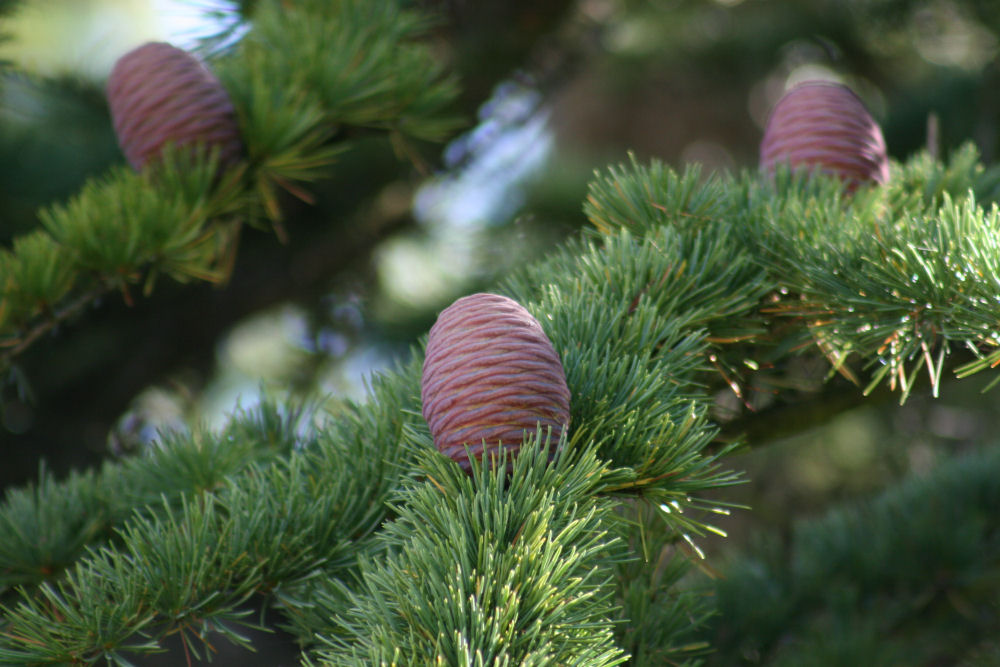
_______________________________________________________________________________
Arbutus trees, first thumbnail, only grow in the Pacific Northwest, here on Salt Spring Island, B.C. and in parts of China, nowhere else in the world. They are popular carve-your-name-in-the-trunk trees because the bark heals into a soft well-defined scar. A few trees on the island have been abused like this. Still, they couldn’t take the beautiful away! Groups of three and four Fluted Swallowtails spiraled in and out of the sunlight as I walked down the mountain road on Salt Spring Island. Fortunately one briefly settled on a fir tree.
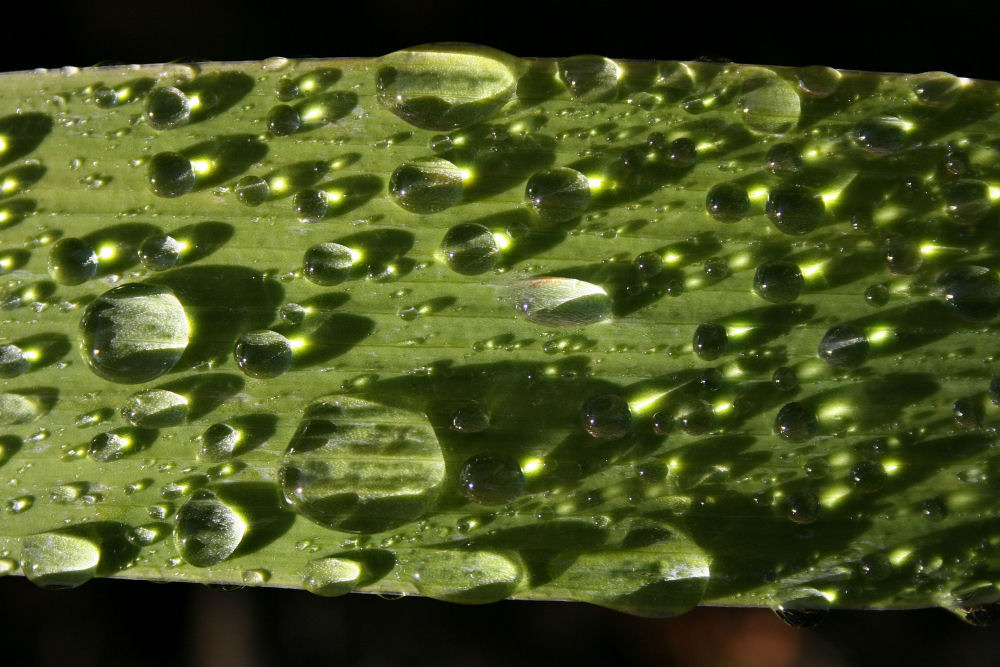
Everything in the garden looks 10 times as beautiful with water on it.
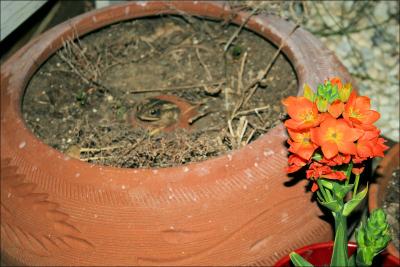 The Good, the Bad, and the Ugly…The Good: A beautiful orange flowering plant called a Sun Star. All the little unexpected surprises, like this toad that I never would have seen if it had not popped out of the hole at the exact moment I happened to be looking there. The clay container with a hole in the center is designed to coil and contain garden hose, but being used as a plant pot. The Bad: having no choice about mowing the lawn on a 98*F day, and keeping edges formally trimmed because the neighbors have it that way. Also Bad: Fire ants that bite before you know you’re standing on a nest with bare feet……but Good: Fire ants keep the tough Texas soil aerated. The Ugly: me with ant-bite blisters, taking photos, mowing and edging the lawn on a 98*F day.
The Good, the Bad, and the Ugly…The Good: A beautiful orange flowering plant called a Sun Star. All the little unexpected surprises, like this toad that I never would have seen if it had not popped out of the hole at the exact moment I happened to be looking there. The clay container with a hole in the center is designed to coil and contain garden hose, but being used as a plant pot. The Bad: having no choice about mowing the lawn on a 98*F day, and keeping edges formally trimmed because the neighbors have it that way. Also Bad: Fire ants that bite before you know you’re standing on a nest with bare feet……but Good: Fire ants keep the tough Texas soil aerated. The Ugly: me with ant-bite blisters, taking photos, mowing and edging the lawn on a 98*F day.
___________________________________________________________________________
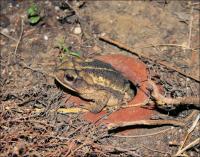
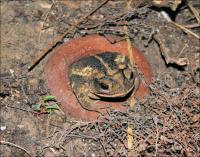
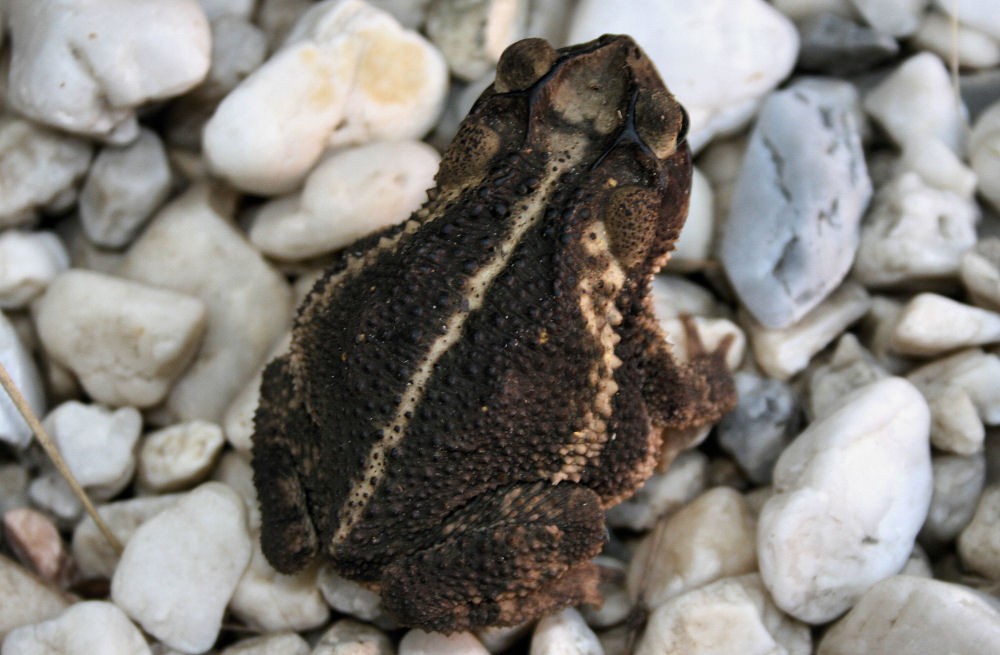
___________________________________________________________________________
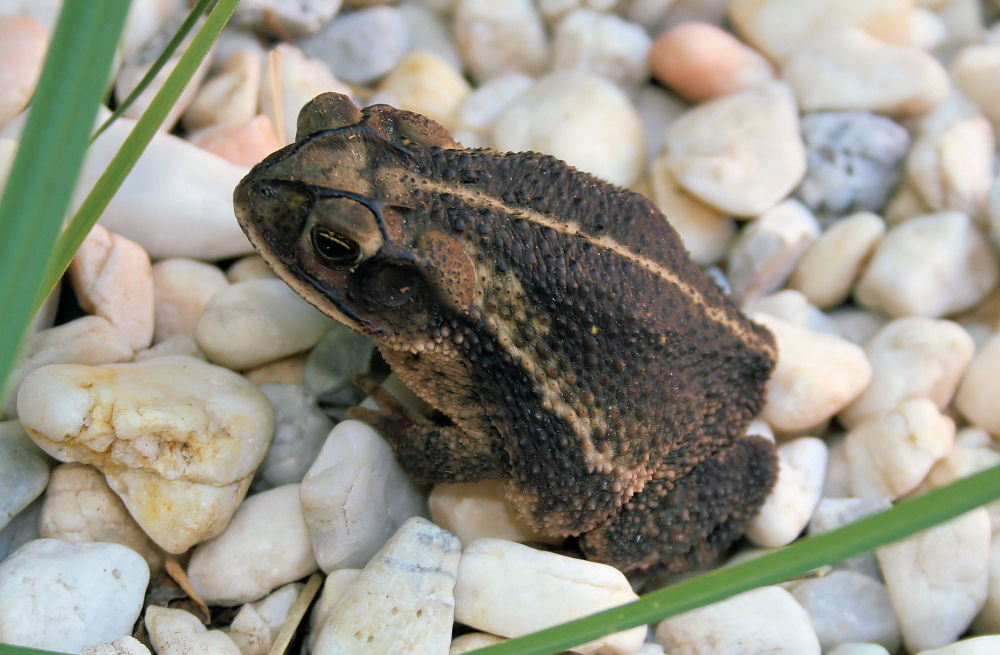
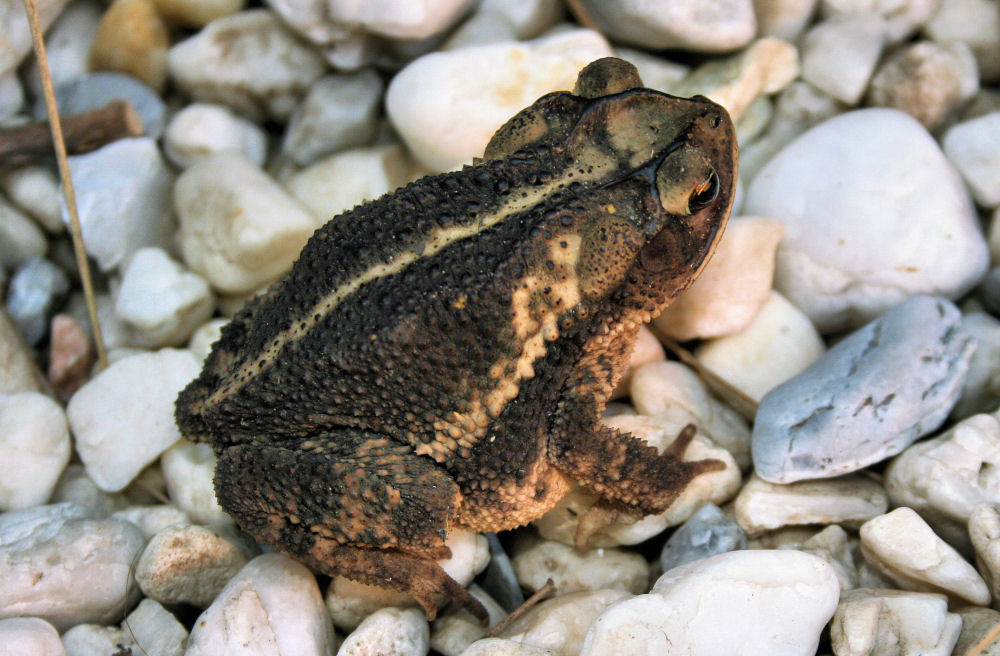
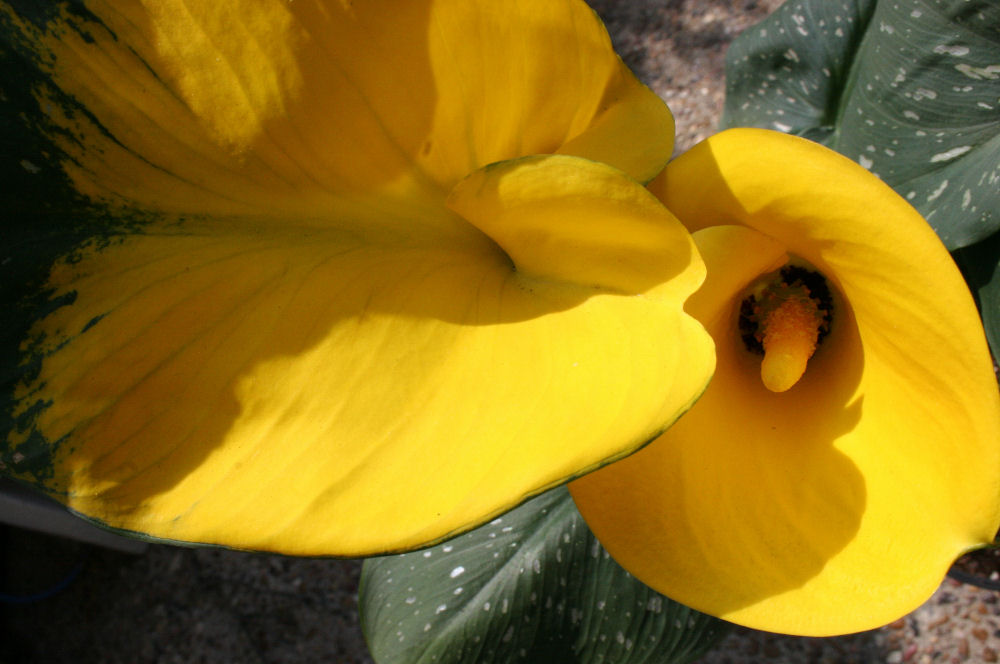 Calla Lily with yellow flower and large yellow/green variegated leaves
Calla Lily with yellow flower and large yellow/green variegated leaves
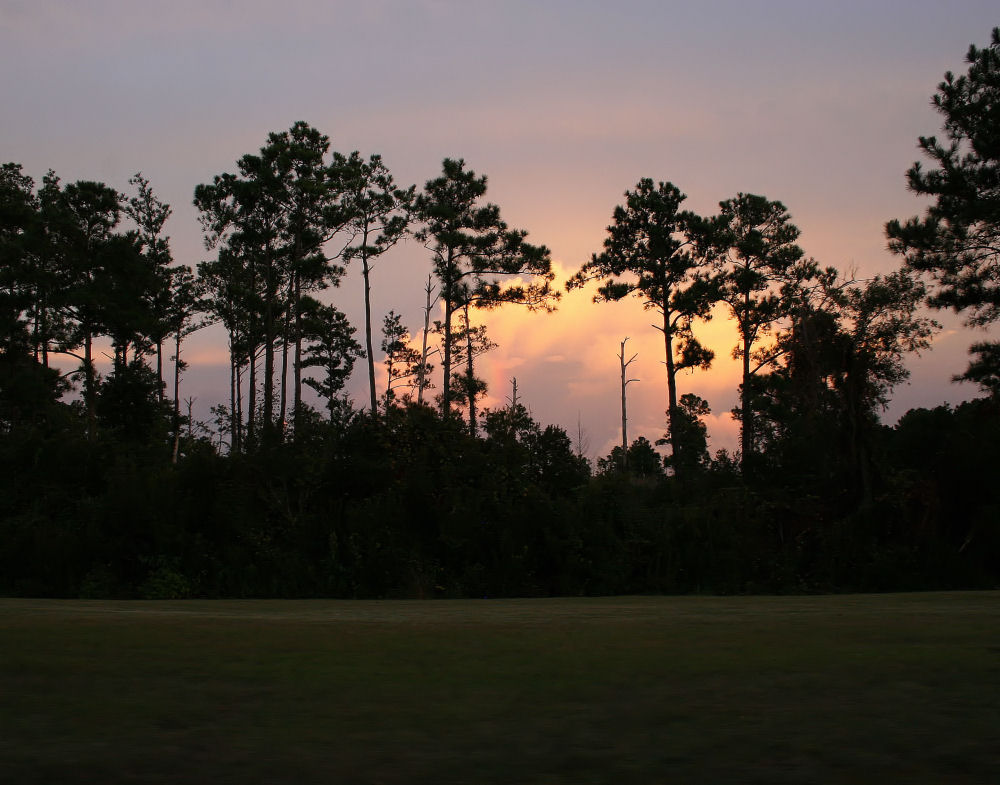
___________________________________________________________________________
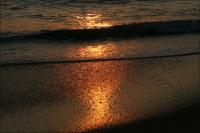
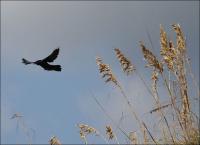
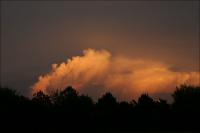
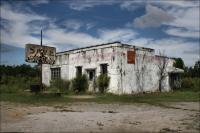
Alain and I flew to North Carolina for three days – a little business trip and I tagged along—he threatened to take my camera with him and I was sure I could not manage without it! We drove around the eastern countryside between Raleigh and Washington, NC through old, old towns. It takes a looong time for wooden doors to shred, and a looong time for conditions to be just right for vines to sprout then twirl round and round, entwined and squished between panes of glass …old, old farms: tobacco, cotton, peanuts.. and an interesting gas station.
There is a lot of history in North Carolina – fossils, settlers and Civil War history. We stayed at Kitty Hawk (first flight – Wright bros.) and walked the shores at various places along the narrow coast of the Outer Banks. We watched the sun rise and dolphins feed – too far away for good photos, even with the telephoto. As soon as the sun rose they swam away.
Along Cape Hatteras, groups of Grackles ate ripe grass seeds, bouncing up and down on the stems, their bodies too heavy for the tall grasses. Just off the 2 1/2 hr. long ferry at Swan Quarter, and sunset with a short, wide rainbow after a storm that we managed to escape and watch from the better side.
NO OLF – we were curious about this sign in many people’s yards. The following website shows a video describing how the U.S. Navy has purchased over 30,000 acres of land near the eastern North Carolina coast, planning to move their pilot training program from Virginia. Part of the huge controversy is that over 75 families would be forced to leave their homes, many of them farming that land for generations. The human issues are enough, but the cause and effect on the wildlife and ecology would be drastic and irreparable. Thousands of ducks and large flocks of snow geese that feed in the area annually would no longer have sanctuary. The large birds would also be a danger to the jets.
On Pony Island a large sand crab tried to buff up and look tough, but it was quite vulnerable there out in the open; all the other crabs scurried into holes but this one stayed, trying to hide in footprints, which offered no protection if we had been birds looking for a hearty meal. Great fun to watch the behavior for a while. Its clearly outlined crab-shaped shadow following it everywhere, creating a few graphic photos that are perfect resource material for drawings and paintings but do not stand alone as good photography because it was moving so fast.
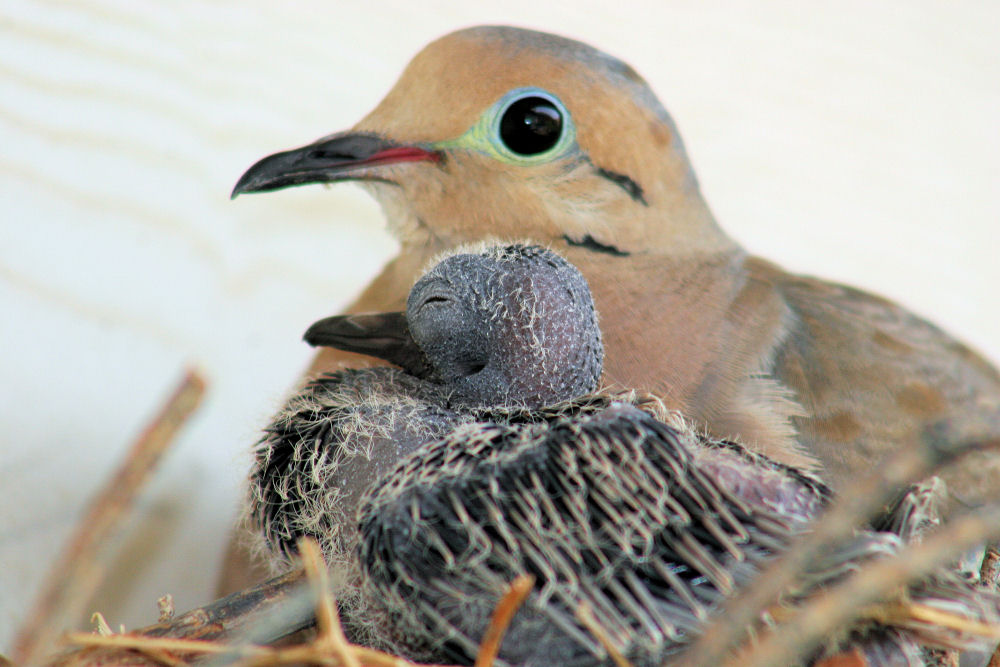
___________________________________________________________________________
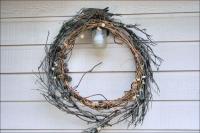
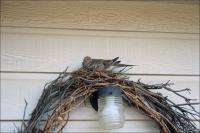
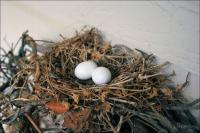
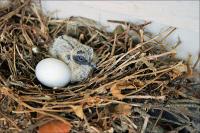
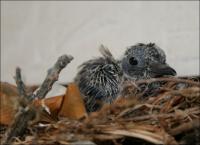
This is the second time around for doves nesting in the wreath by our back door. I’m sure it’s the same pair who devotedly cared for two eggs, taking turns in shifts as they are now. The first brood hatched in May, but only one egg, which mysteriously disappeared after two days, and the other egg didn’t hatch. There was no trace of that chick anywhere…no body, bones, feathers…nothing, and it was not old enough to fend for itself. Did other birds carry them away to eat I wonder? or ate them on the spot? or could the parents have eaten them? We do have Anoles, but I would expect that they would be too small to manage a comparatively large egg. A complete mystery.
Maybe there was something wrong with it, or the parents were first-timers. The lizards and salamanders around here are too small to eat a meal that size, and other birds would not have been brave enough to come so near to the door I don’t think. Nature takes care of itself though, so no tears! Hopefully these ones will survive and we can watch them mature.
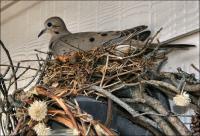
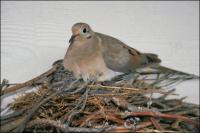
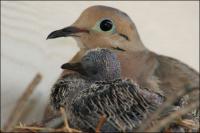
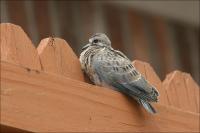
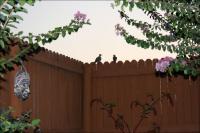
Sept. 3rd:One of the chicks hatched! Sept. 4th update: The chick appears to be so much larger today, and it’s the first time I’ve seen it so exposed. It seems so vulnerable on that small flimsy nest. Sept. 5th: The chick has been left on its own a lot in the past 24 hours, also becoming quite vocal. The other egg is unlikely to hatch. Sept.9th: The nest is overcrowded. When the parent sitting on the chick is up in the air above the nest, it’s time for little chicky to leave!
It’s so funny when the parent sits on top of the chick trying to hide it – there is hardly enough room for two in the nest, and she/he is not fooling anybody! The chick ruffled its feathers and snapped its tiny beak at me when I took these photos – how sweet is that?! – the survival instincts are strong. Sept. 12th: Fortunately I walked out just in time to see the chick fly from the ground to the fence nearby. There it remained for about 90 minutes then it was gone. I wondered where it would be sleeping that night, and if it was truly on its’ own now without parents, and how it would survive. Less than a month before it was not even in the form of an egg!! Sept 13th: ..didn’t expect to see it again, but while sitting outside at dusk, there they were, the mom (or dad) and chick. It was so pleasing to see them sitting on the fence together. Sept16th: I still see the little one come into the yard, much bigger now. It is smaller than an adult, and I’m sure that must be the same chick.
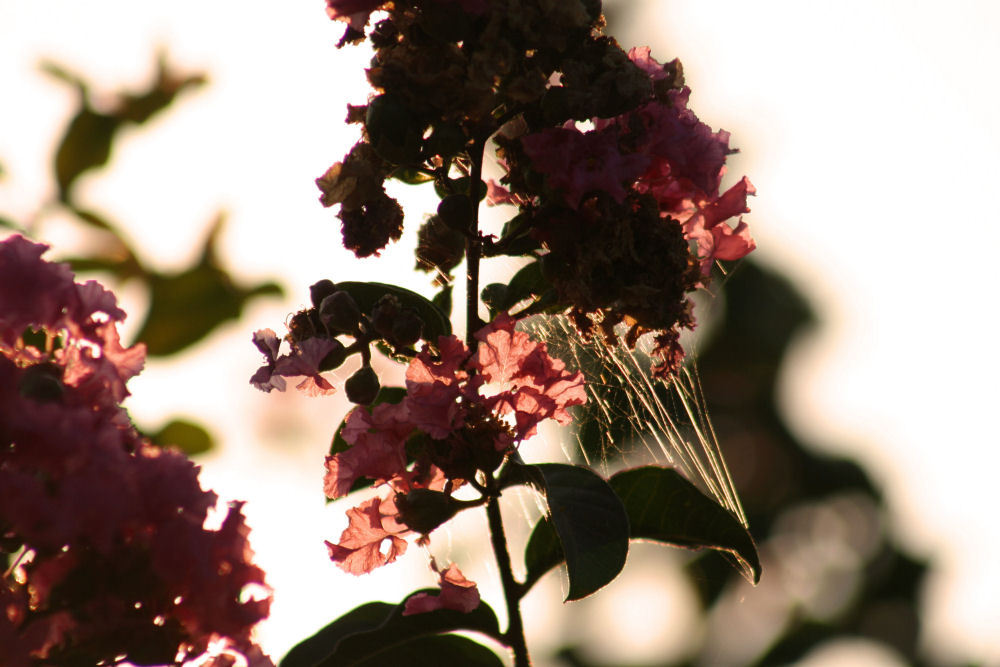 Crepe Myrtle with spider webs at sunrise, Lewisville, TX
Crepe Myrtle with spider webs at sunrise, Lewisville, TX
 I have yet to see a tornado in Texas since we moved there, yet here is the first one I’ve ever seen, about to touch down in Airdrie, near Calgary Alberta while we’re on holidays. Watching it form is surreal, and though it’s not far away I don’t feel in any danger. It formed a perfect funnel then I watched it pull back again, spawning a skinny long string-like tornado, then dissolve. The associated clouds are ominous and dark in contrast to the sunny neighborhood where I’m standing. I learned later this afternoon that the tornado touched down in a farmer’s feild for a few moments.
I have yet to see a tornado in Texas since we moved there, yet here is the first one I’ve ever seen, about to touch down in Airdrie, near Calgary Alberta while we’re on holidays. Watching it form is surreal, and though it’s not far away I don’t feel in any danger. It formed a perfect funnel then I watched it pull back again, spawning a skinny long string-like tornado, then dissolve. The associated clouds are ominous and dark in contrast to the sunny neighborhood where I’m standing. I learned later this afternoon that the tornado touched down in a farmer’s feild for a few moments.





